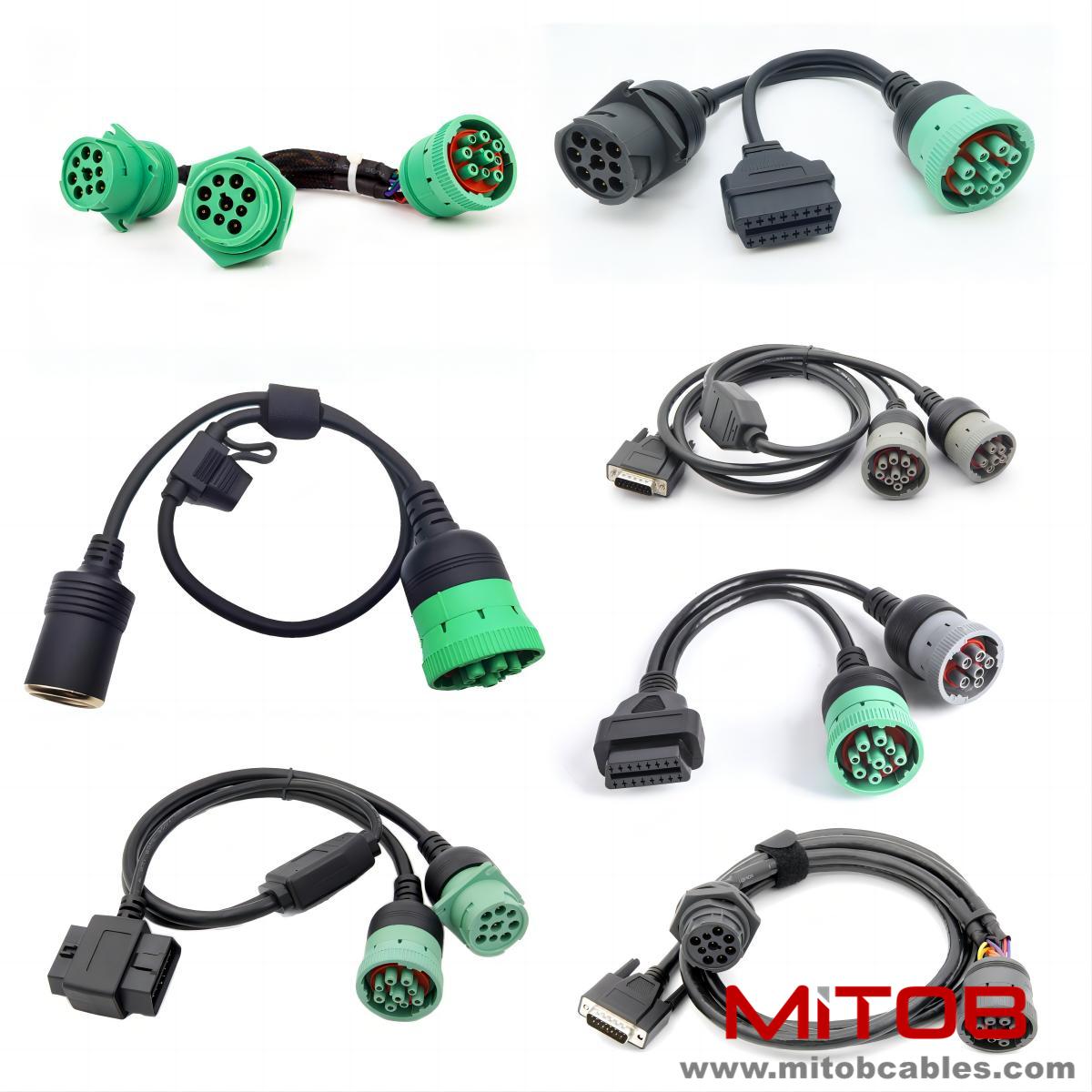Appearance inspection: Firstly, carefully inspect the appearance of J1939 cable and check for any obvious damage, breakage, wear, etc. Pay special attention to the joints of the cable and check for any signs of looseness, deformation, or corrosion. If the outer sheath of the cable is found to be damaged, it may cause a short circuit or open circuit in the internal wires; Loose joints can easily lead to poor contact problems.

Electrical performance testing: Use professional testing tools such as multimeters, oscilloscopes, etc. Measure the resistance of the cable with a multimeter to determine if there is an open or short circuit in the wire. Under normal circumstances, the resistance value of J1939 cable should be within the specified range. If the resistance value is abnormally high, there may be an open circuit; If the resistance value is too small, there may be a short circuit phenomenon. With the help of an oscilloscope, signal waveforms can be observed to determine if the signal is normal and to check for the presence of interference signals.
Network diagnosis: Connect the vehicle diagnostic instrument to the J1939 network and read the fault code. Fault codes can provide key information about faults, such as a communication failure between an ECU and the network, which may indicate a problem with the J1939 cable connecting the ECU. The diagnostic instrument can also monitor the communication status of the network and check whether the data transmission between nodes is normal.
Contact: Kevin
Phone: 0086-18823374992
E-mail: kevin@mitobcable.com
Whatsapp:
Add: Bld B2, Floor7 , Xinghe Zhongkai AI Industrial Park, Zhongkai High-tech Zone, Huizhou,China